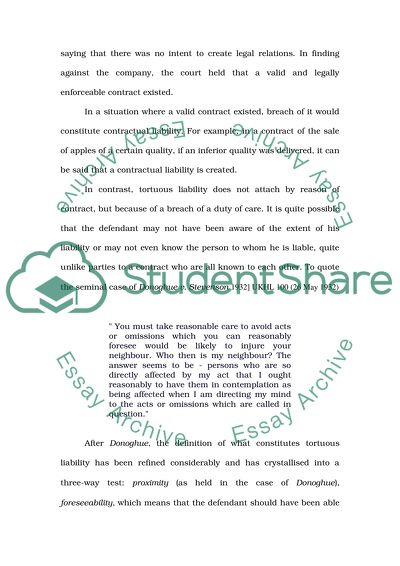Cite this document
(“The nature of general tortious liability comparing and contrasting to Essay”, n.d.)
Retrieved from https://studentshare.org/law/1394825-the-nature-of-general-tortious-liability-comparing-and-contrasting-to-contractual-liability
Retrieved from https://studentshare.org/law/1394825-the-nature-of-general-tortious-liability-comparing-and-contrasting-to-contractual-liability
(The Nature of General Tortious Liability Comparing and Contrasting to Essay)
https://studentshare.org/law/1394825-the-nature-of-general-tortious-liability-comparing-and-contrasting-to-contractual-liability.
https://studentshare.org/law/1394825-the-nature-of-general-tortious-liability-comparing-and-contrasting-to-contractual-liability.
“The Nature of General Tortious Liability Comparing and Contrasting to Essay”, n.d. https://studentshare.org/law/1394825-the-nature-of-general-tortious-liability-comparing-and-contrasting-to-contractual-liability.


